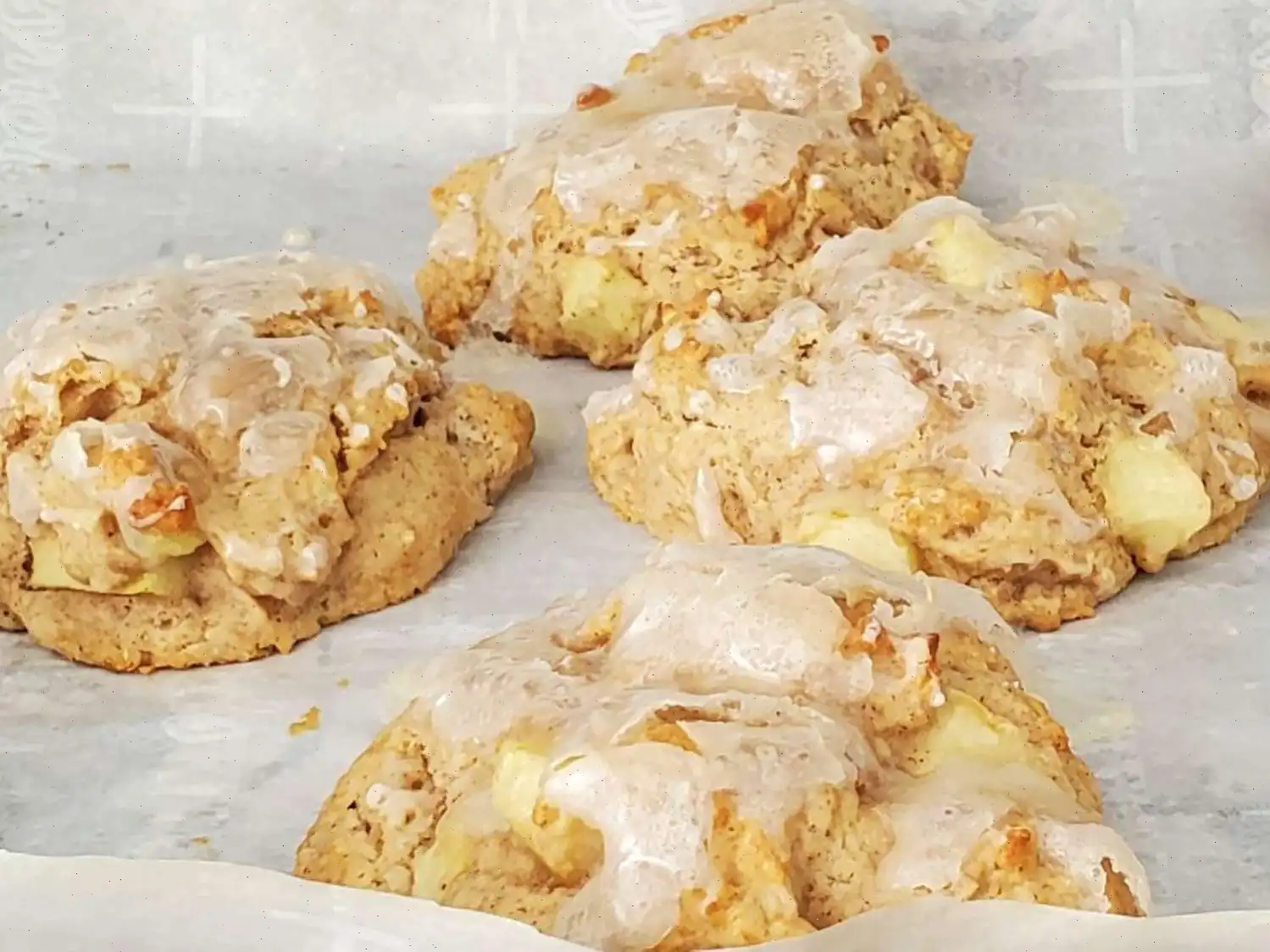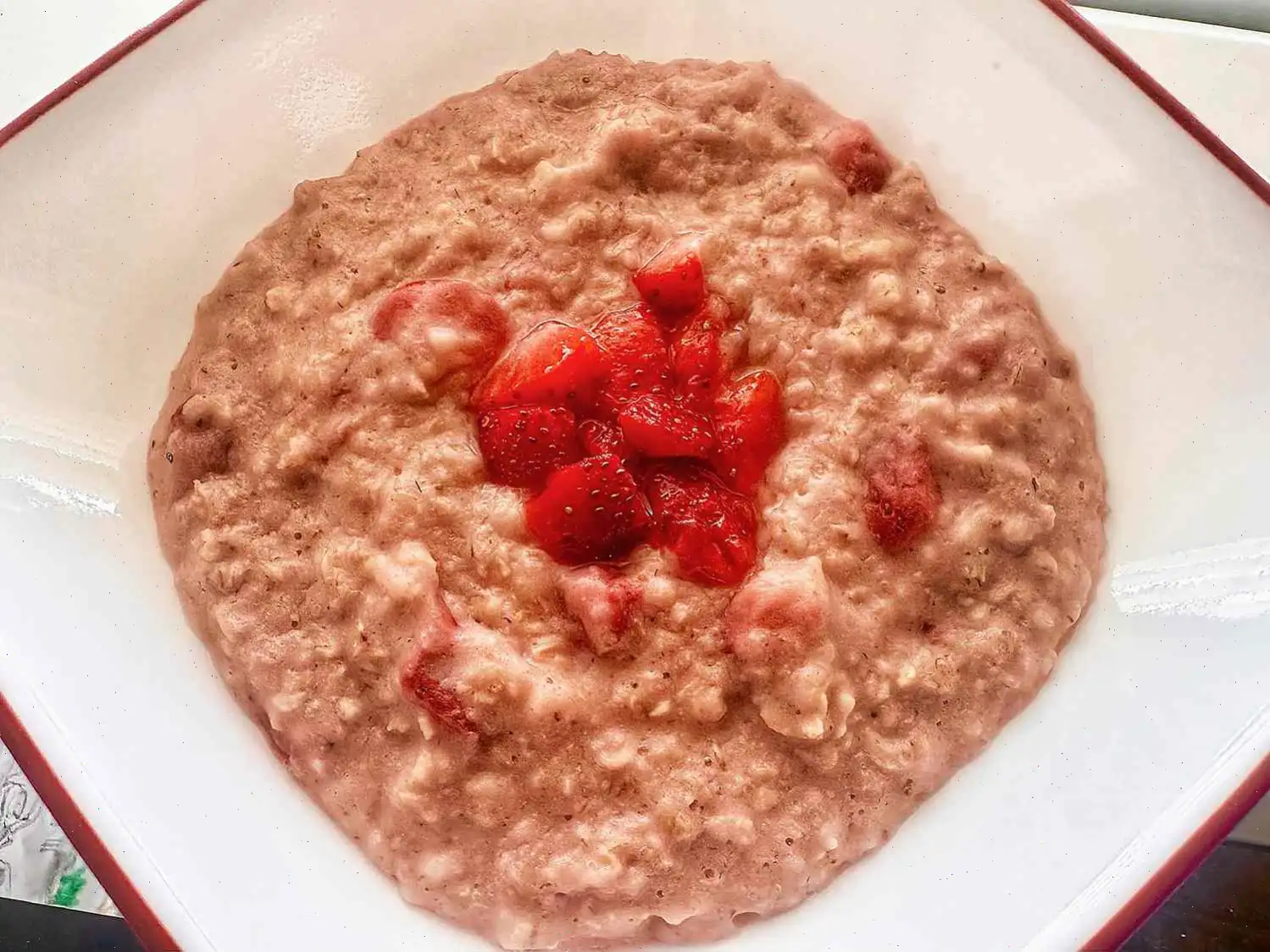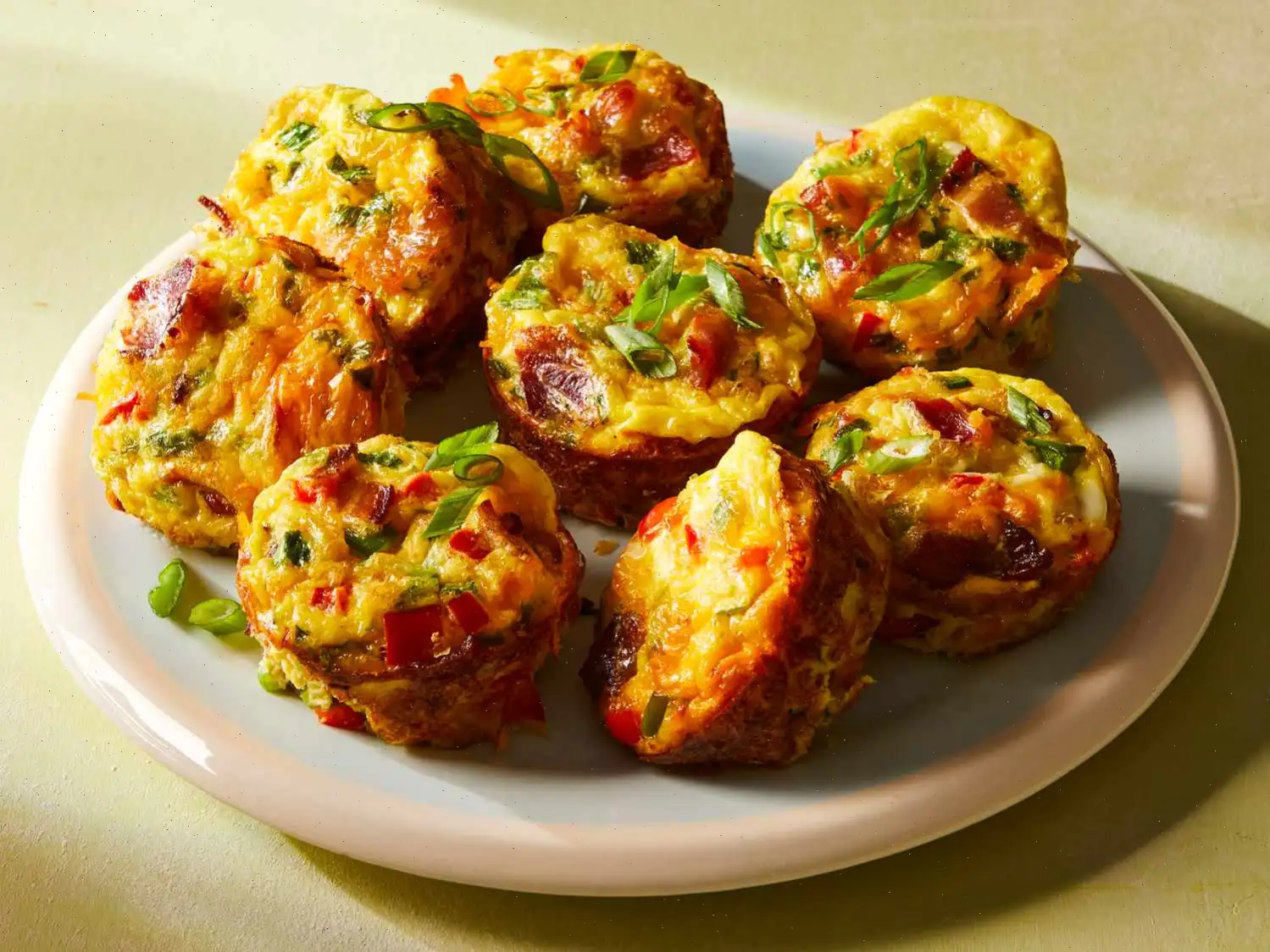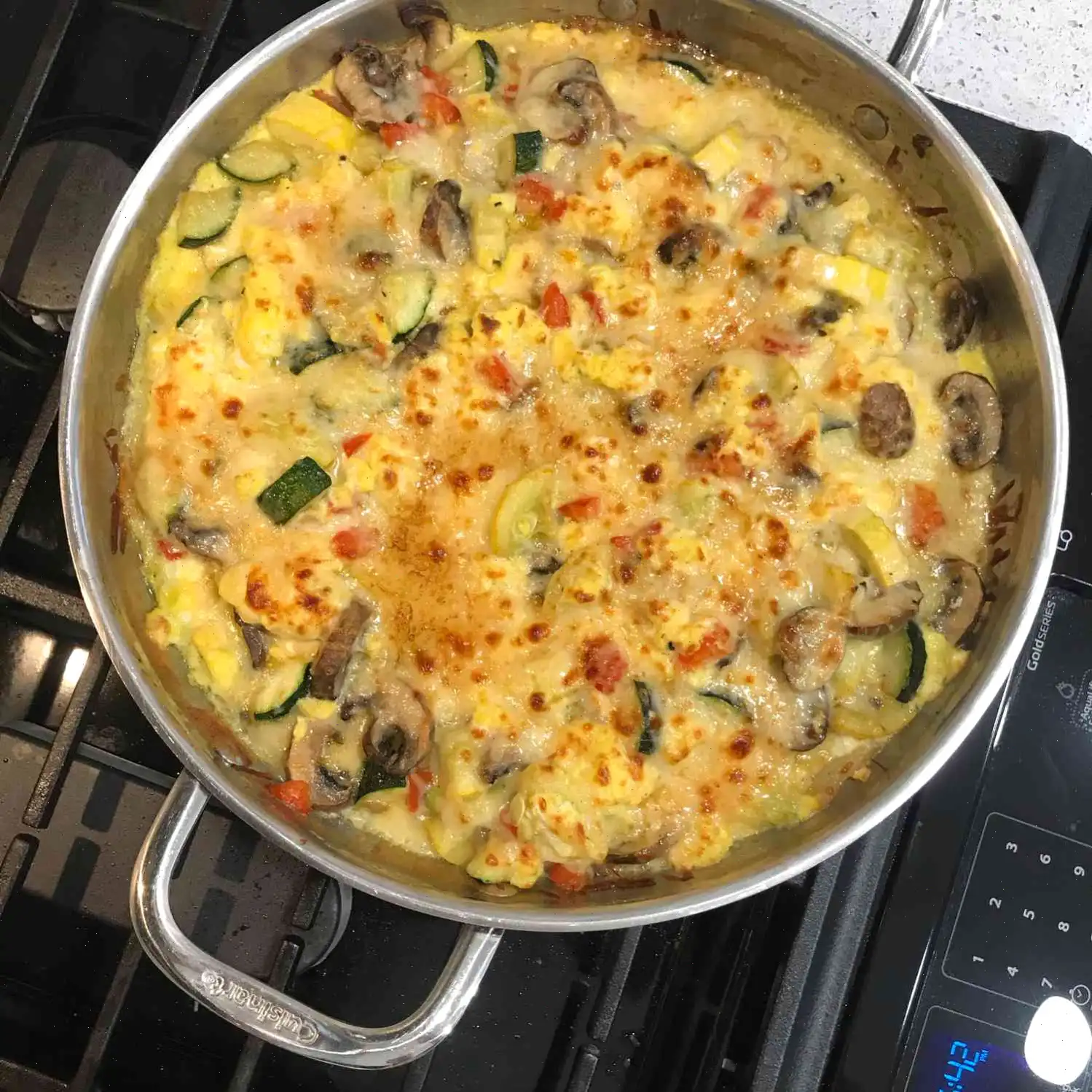
Perfect Pancakes Recipe
Ingredients
This recipe was developed at its original yield. Ingredient amounts are automatically adjusted, but cooking times and steps remain unchanged. Note that not all recipes scale perfectly.
- 2 cups whole milk
- 1/4 cup white vinegar
- 2 1/2 cups flour
- 3/4 cup sugar
- 2 teaspoons baking powder
- 1 teaspoon baking soda
- 1 teaspoon salt
- 3 large eggs
- 1 teaspoon vanilla extract
- 1 tablespoon butter, softened, or as needed, for greasing, plus more for serving
- Toppings of choice, e.g. maple syrup or fruit, for serving
Directions
- Preheat a griddle to 300F (175C).
- In a small bowl or 4-cup liquid measuring cup, stir together milk and vinegar.
- In a separate bowl, whisk together flour, sugar, baking powder, baking soda, and salt.
- In a large bowl, beat the eggs until smooth. Add the vanilla extract and milk mixture, then whisk to combine.
- Slowly add the flour mixture to the egg mixture, whisking gently until just combined. The batter will be lumpy.
- Let the batter rest for 3 minutes, then stir gently again.
- Melt some butter on the griddle and carefully wipe off excess with a paper towel. You want just a light sheen, not too much grease on the griddle.
- Spoon the batter onto the griddle in 1/3-cup portions.
- Cook until bubbles form on the surface of the batter, about 2 1/2 minutes.
- Flip the pancakes and cook until browned on the other side, about 1 1/2 minutes more.
- Repeat with the remaining batter.
- Serve the pancakes immediately with butter and toppings of your choice.
Nutrition Facts (per serving)
| Calories | 409 |
| Total Fat | 8g (10%) |
| Saturated Fat | 4g (18%) |
| Cholesterol | 106mg (35%) |
| Sodium | 812mg (35%) |
| Total Carbohydrate | 73g (27%) |
| Dietary Fiber | 2g (7%) |
| Total Sugars | 32g |
| Protein | 11g (23%) |
| Vitamin C | 12mg (13%) |
| Calcium | 210mg (16%) |
| Iron | 3mg (18%) |
| Potassium | 261mg (6%) |
Note: Percent Daily Values are based on a 2,000-calorie diet. Your daily values may be higher or lower depending on your calorie needs. Nutrient information is not available for all ingredients. Amount is based on available nutrient data. If you are following a medically restrictive diet, please consult your doctor or registered dietitian before preparing this recipe.
Origin and History of Pancakes
The pancake, a simple but beloved breakfast dish, has been around for centuries. Its origins can be traced back to ancient civilizations, where various cultures had their own versions of flat, griddle-cooked breads. The first known recipe for pancakes dates back to the Roman Empire, where they were made from flour, eggs, and milk. Over time, pancakes evolved in different regions, with different ingredients being added, such as spices or fruit, reflecting local tastes and customs.
In North America, pancakes gained popularity in the early 17th century when settlers brought their recipes with them. American pancakes, in particular, became associated with comfort food, often served with syrup, butter, and a variety of toppings. By the 20th century, pancakes had firmly cemented their place as a beloved breakfast dish worldwide.
Regional Features of Pancakes
While pancakes are a staple breakfast food across the globe, different regions have their own unique takes on the dish. In the United States, pancakes are thick and fluffy, often served in stacks with maple syrup, fruit, or whipped cream. The recipe for the "Perfect Pancakes" reflects this American style, with ingredients like sugar, flour, and eggs coming together to create a rich, flavorful batter.
In contrast, French crpes are much thinner and delicate, typically served with savory fillings like cheese and ham or sweet toppings such as Nutella or sugar. Meanwhile, in countries like Russia and Sweden, pancakes come in different forms, like blinis and svenska pannkakor, respectively. Each variation showcases the diverse ways that pancakes can be enjoyed, whether as a sweet breakfast or a savory meal.
How This Recipe Differs from Other Pancakes
The "Perfect Pancakes" recipe stands out for its specific ingredients and technique. Unlike many traditional pancake recipes, this version incorporates a mixture of milk and vinegar to create a buttermilk-like effect, giving the pancakes an extra level of tenderness. Additionally, it uses baking powder and baking soda, which combine to create a light and fluffy texture. This is different from some pancake recipes that rely solely on one leavening agent.
Another notable feature of this recipe is the absence of oil or butter in the batter. While many pancake recipes call for melted butter or oil to be mixed into the batter, this version uses eggs to create a rich, moist texture without added fat. The result is a pancake that is slightly sweeter and more cake-like than others, making it a perfect base for a variety of toppings, from syrup to fresh fruit or even chocolate chips.
Where are Pancakes Typically Served?
Pancakes are a universal breakfast food and can be found in many countries around the world. In the United States, pancakes are commonly served in diners, cafes, and homes, often as part of a traditional American breakfast. They're frequently paired with eggs, bacon, or sausage, and enjoyed with a generous drizzle of maple syrup.
In addition to home kitchens and restaurants, pancakes are a common feature at special events like brunches or family gatherings. Some regions also celebrate pancake festivals or events, such as the famous Pancake Day held in the UK, where people compete in pancake races and cook-offs.
Fun Facts About Pancakes
- The largest pancake ever made weighed over 6,000 kilograms (13,000 pounds) and was created in the UK in 1994.
- In Finland, pancakes are typically served with a sweet raspberry jam and whipped cream, making it a delicious treat during special occasions.
- Pancakes are often featured in celebrations like Shrove Tuesday, also known as Pancake Day, where they are consumed as a way to use up rich ingredients like eggs, milk, and sugar before the fasting period of Lent begins.
- The term "pancake" has been in use since the 15th century, though earlier versions of the dish were known by other names, such as "flapjacks" in the UK and "griddle cakes" in America.
You can listen to this recipe in AI audio format. Simply click the play button below to listen to the content in a format that suits you best. It’s a great way to absorb information on the go!
FAQ about Perfect Pancakes Recipe
Comments
Tattletale
10/06/2025 01:52:54 PM
I have tried a lot of different pancake recipes over the years, so I was intrigued when I read this recipe and had to give it a try. One difference I noticed is this recipe does not have oil in it, but added an extra egg. My first taste of this pancake was you taste the sugar first; it was bit too sweet for me. After that, you notice the flavor and texture. For anyone who is counting calories, carbs or watching their sugar intake, I would reduce the amount of sugar in the recipe to your taste. Overall, I loved it! I will definitely be making this again with the small adjustment to the amount of sugar.
AquaParm1532
03/25/2024 12:55:21 AM
Used powdered Buttermilk instead of milk. Had to add some additional flour and a pinch of cream of tartar powder. The pancakes were great.
TxCin2
10/26/2024 03:45:51 PM
These look beautiful. I cut this in half and it made 8 pancakes. They are heavy and dry though. I noticed there wasn't any added fat like melted butter or oil in this, and I'm sure that's what's needed. These rose up high and they looked fluffy, but they are not light and fluffy. The texture was cake. Like vanilla cake without the icing and not as sweet. Not what I was expecting or wanting in a pancake, but these were okay. I absolutely did not overmix this batter. I just barely mixed it until most of the flour was absorbed. I skipped the second mix so I wouldn't break the bubbles that had formed while it sat those 3 minutes. I'm disappointed because these looked gorgeous, but they didn't deliver what I was expecting in texture or flavor.
Joshua Miller
05/13/2025 07:16:44 PM
Quick, simple, and insanely tasty.
DapperLamb8339
07/07/2024 07:41:16 PM
Way too much sugar
facsteacher
08/27/2023 08:53:13 PM
My family loved these pancakes. We were out of whole milk, so I substituted 2%, which was still delicious. I will use whole milk next time to see if there is any appreciable difference. This is an easy recipe that I will add to our breakfast rotation.
NewMint8988
08/25/2023 01:37:52 PM
Nice and fluffy
Laura Louise
08/15/2023 03:28:45 PM
Could not believe how yummy and fluffy. New favorite!
GentlePot8131
08/08/2023 09:39:02 AM
AMAZING
ClassyCress3248
08/05/2023 01:16:57 PM
really great








